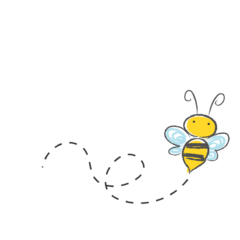Mindfulness -From Scattered to Strong
We live in a world that rewards constant connectivity. Our devices ping, vibrate, and flash all day, promising updates, likes, and reminders. The average person checks their phone over 90 times daily, some studies say even more. We scroll without thinking, swipe without stopping, and consume information so rapidly that we rarely pause to consider […]
Mindfulness -From Scattered to Strong Read More »
